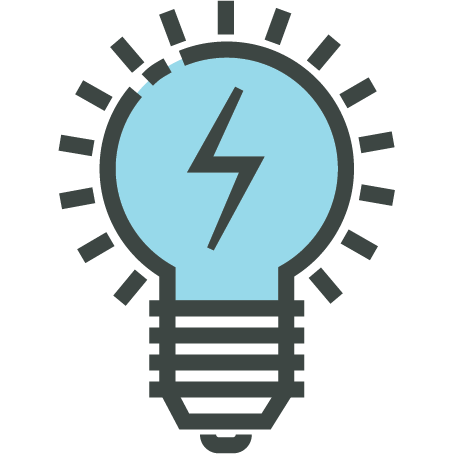The 4 Phases of The Commercial Real Estate Cycle
The real estate cycle is a four-phase series that reports on the status of the commercial market. The four phases include recovery, expansion, hyper supply, and recession. Understanding the real estate cycle can help you forecast trends and make informed decisions about your investments.
Recovery
While the recovery phase is often listed as the first phase, the real estate cycle is circular and ongoing. In the recovery phase, the real estate market begins at a low point from the recession. Occupancy and rental rates are low, and new construction starts slow but eventually rises in strength. Experts look at trends like gradual occupancy increases or growing demand to identify when the recovery stage has begun. The recovery phase is a popular time for real estate investment and speculation since prices of properties are low, so the potential eventual return on investment from operation or resale is high.
Expansion
The expansion phase is characterized by an improving economic outlook. This could mean that wage growth may begin to rise and new job growth is positive. People tend to follow jobs which means that strong job growth may lead to an influx of new residents, which creates a healthy cycle of demand. When new residents arrive, demand for housing increases. In response to new residents, new businesses including retail and offices pop up to accommodate them, which leads to an increased demand for commercial space. With increasing demand for commercial property and limited supply, rents tend to rise and new construction begins to take shape, and so on. The expansion phase is considered to be an excellent entry point for real estate investors because increasing rent growth, occupancy rates, and rising property prices are all good indicators of a strong investment return.
Hyper Supply
In some cases the expansion phase can get carried away. When it does, there is an influx of new construction and new projects looking to take advantage of the growth. If these new projects move too quickly and there aren’t enough people and businesses to fill all of the new space, hyper supply can happen.
In hyper-supply, space outweighs demand. In this case, the most logical response is to lower prices to stimulate demand. As an investor, this is a time to hold your ground. Property owners will often liquidate their inventory out of fear that their properties will go vacant or unsold. This is a great time to take an opportunistic approach; identify properties that you feel confident will perform well in the next real estate cycle.
Recession
The recession phase is one we’re unfortunately all too familiar with. If there are enough defaults, and the losses pile up, real estate markets enter the recession phase, which is characterized by falling rental rates, declining property values, job losses, property foreclosures, and companies going out of business. In this phase, the oversupply of properties is far more than demand and the general economic climate is poor. In the Great Recession in the early 2000s, the recession was triggered by a frenzy in residential real estate and the financial products designed to support it. An initial economic downturn triggered a wave of job losses, which triggered mortgage loan defaults, and significant losses in the financial products backed by the same mortgages. Those losses spread across the economy.
A recession provides the opportunity to purchase distressed properties at a deep discount. There will be an increase in real-estate owned properties, which are properties that have been foreclosed upon and repossessed by lenders. This is your opportunity to buy great properties with great savings. You can hold these properties (or add value if you see fit) so that they are ready to hit the market just as the economy begins to recover.
Summary
The real estate cycle is a concept that any real estate investor must understand if they strive for long-term success. Phases of the cycle are impacted by a variety of economic factors including: interest rates, demographic shifts, and governmental policy. All four phases of the cycle – recovery, expansion, hyper supply, and recession – cause the real estate market to shift significantly, so investors must stay knowledgeable to find opportunities.
To learn more about LeasePilot and get the latest on commercial real estate trends

